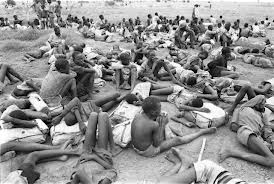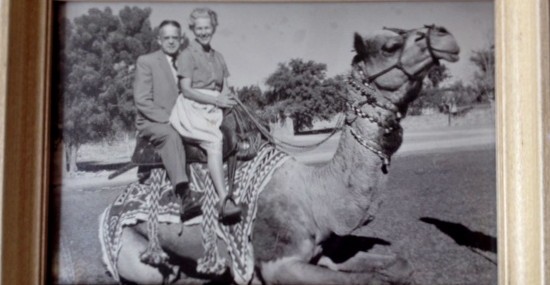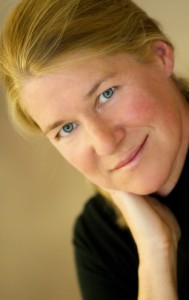The attack came like the horrifying pounce of a lion, splintering families as they ran for their lives. Children fled in the dark. Mothers wept in confusion, and fathers raged in anger. Torn from each other, their agony mirrored the slave-trade tragedy of long ago. The government-sponsored army from the north wanted all the boys from the south.
That is, they wanted them dead.
Those boys had been happy children, tending cows and goats. Life offered them the warm embrace of family, culture, and faith in a loving God. But tranquility was ripped away in a moment of terror.
So began the great migration of the Sudanese Lost Boys.
27,000 boys—many very young—traveled over a thousand miles to Ethiopia for refuge. Unwanted there, they continued south to Kenya. Along the way, half died from starvation, predators, and their own government’s bombs.
Unimaginable, unthinkable, appalling—no single word fully captures a story of persecution against children.
Soon the rest of the world woke up and responded to their plight. Relief organizations brought food, clothing, and medicine, but those things met only their basic needs.
 The boys formed family units, older ones caring for several younger ones. Natural leaders created a sense of community. Together they sang again and sometimes danced. They held “parliament” on the days when their food supply ran out, telling stories to distract each other from the hunger pains. And amazingly, no Lord-of-the-Flies chaos mounted in their makeshift village. You see, they knew the Lord of the universe.
The boys formed family units, older ones caring for several younger ones. Natural leaders created a sense of community. Together they sang again and sometimes danced. They held “parliament” on the days when their food supply ran out, telling stories to distract each other from the hunger pains. And amazingly, no Lord-of-the-Flies chaos mounted in their makeshift village. You see, they knew the Lord of the universe.
Ten years passed and some of the twenty-something Lost Boys were given a chance to go to America. Leaving their Boys’ Town was incredibly painful, but the opportunity offered hope beyond subsistence.
The boys, now men, boarded aircrafts for the first time. Pats of butter looked like small bars of soap. They drank packets of salad dressing straight up. Airplane food seemed very strange. In western airports, they were wary of moving escalators. In American sponsored apartments, they flicked light switches on and off repeatedly, and discovered the wonder of ice cubes.
Continue reading













